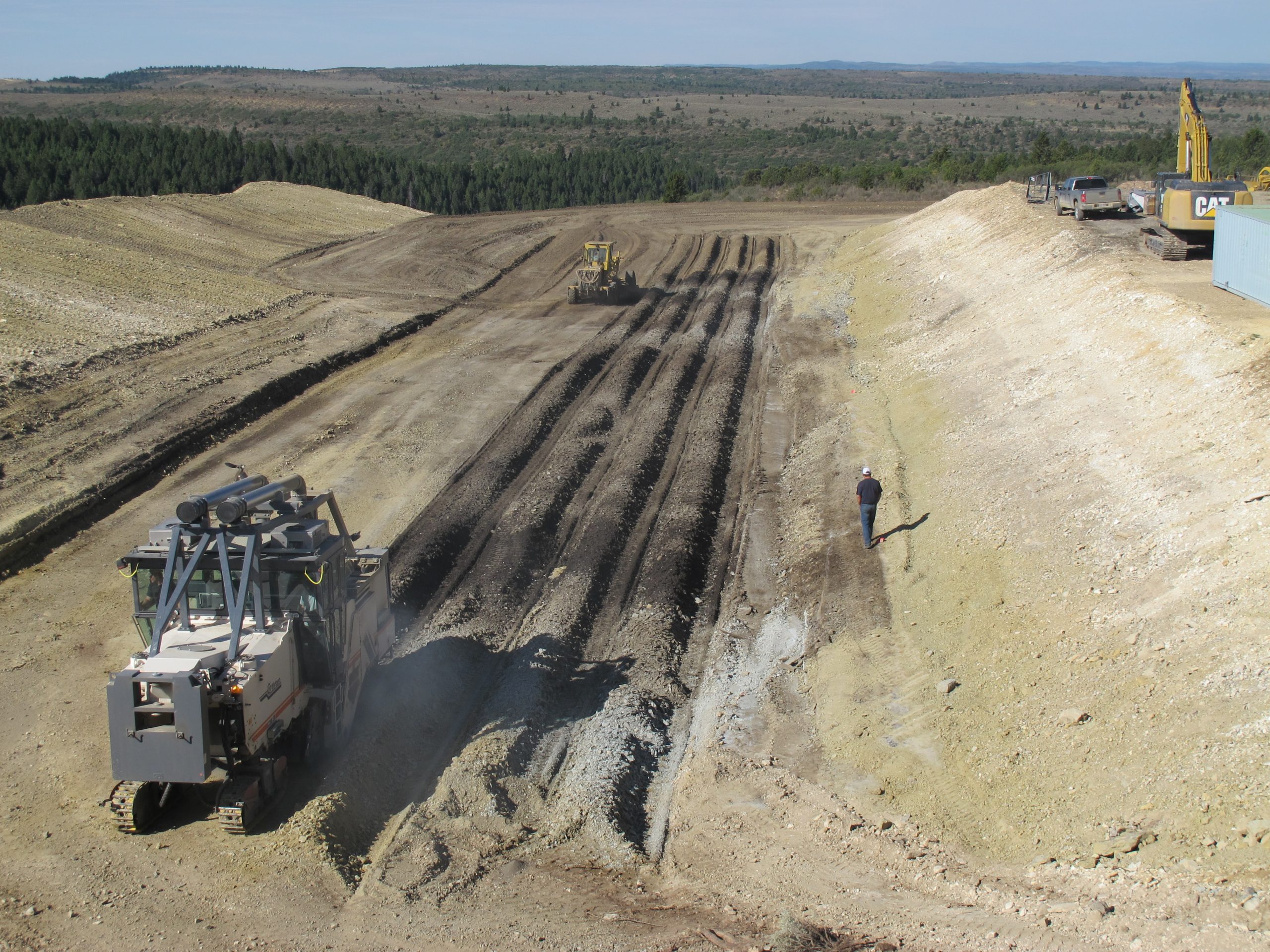Some information may be outdated.
A public land exchange will make more state land available for tar sands development in the Book Cliffs north of Moab.
The Bureau of Land Management (BLM) and Utah School and Institutional Trust Lands Administration (SITLA) will exchange parcels in Grand, San Juan and Uintah counties. The exchange involves approximately 46,000 acres of state lands and 36,000 acres of BLM-managed lands.
“Of the lands that would be exchanged from BLM to the State of Utah, 31,429 acres have been determined to have potential for tar sands,” said Lisa Bryant, assistant field manager of the Moab BLM Office.
U.S. Oil Sands, a Canadian company, is now leasing 32,000 acres of SITLA land on the border of Uintah and Grand counties to mine bitumen, also known as tar sands.
“We are projecting that we will be up and running by the second quarter of 2014,” said Barclay Cuthbert, vice president of operations for U.S. Oil Sands.
Concerned citizens attended the Tuesday, May 7 Grand County Council meeting to ask the council not to release a conditional use permit that would allow U.S. Oil Sands to create the infrastructure they need to operate within Grand County.
Deb Walter of Spanish Valley said that she is worried about her seven grandchildren growing up on planet that is in jeopardy.
“I ask you not to issue a conditional use permit,” Walter said.
Joe Sorenson said that he was worried about the impact tar sands strip mining would impact the air, water and tourism.
“Do not take that matter lightly,” he said to the council.
Sarah Stock echoed their sentiments and encouraged the council to block the conditional use permit.
Kiley Miller also asked the council to not allow the tar sands mining to happen.
“We need to protect our air, our water, our community, our economy,” she said.
Other citizens voiced their opinion to diversify the economy by supporting state lands and resource development.
Dave Cozzens said that there is an accusation that if the state has the land it would be squandered.
“Utah can manage land,” he said.
Daryl Dalton said he has lived in Moab since 1944 and doesn’t like the way “the town has turned out.”
“Tourism will always come here,” he said. He referred to the view of Intrepid’s potash evaporation ponds from Dead Horse Point State Park. “It doesn’t take away from the view.”
Kim Call said that it was difficult to raise a family within a recreation-based economy.
“My husband and I work three jobs to support our family,” she said. “We need need diversity of employment. We have families that live here that can’t afford to live here.”
Activists affiliated with Canyon Country Rising Tide and BeforeItStarts.org have protested the proposed tar sands mining project in the last few months.
In March they hung a large hand-painted banner from a boulder on the side of State Route 128 during the Canyonlands Half Marathon held in March. The banner read “Run! Tar Sands Are Coming Unless We Stop It BeforeItStarts.org.”
“The proposed strip mining, processing, shipping, and refining of tar sands in Utah threatens the wild character of this landscape that I love. It would pollute our air, water, and further contribute to catastrophic climate change,” said Ashley Anderson of Before It Starts. “I for one am not about to let one of the most destructive industrial processes on earth come to Grand County without a fight.”
Scott Groene, executive director of Southern Utah Wilderness Alliance (SUWA) is supportive of the transfer of SITLA land to the BLM in Grand County.
Although he sees the transferal of SITLA land to BLM as a positive move, he is concerned about SITLA’s acquisition of land in the Book Cliffs that has potential for tar sands mining.
“When SITLA acquires land, you must assume the worst case scenario from a conservation standpoint,” Groene said. “SITLA manages its land for maximum revenue generation with little regard for conservation values. On the other hand, the BLM has a legal obligation to consider the long term health of these lands.”
He pointed to the Grand Canyon Trust, a non-profit that focuses on the conservation of the Colorado Plateau, as a leader in the exchange.
“The Grand Canyon Trust – which lead this effort – deserves enormous credit,” Groene said.
Bill Hedden, executive director of the Grand Canyon Trust, helped negotiate the land exchange to protect iconic recreational areas such Corona Arch, Morning Glory Arch as the Colorado River Cooridor.
“We worked very closely to design the exchange. We feel very good about the lands to be protected,” Hedden said.
But, he said, when the land exchange was first proposed in 2009, potential for tar sands development was considered a remote possibility.
“We all realize that when you do an exchange, that SITLA will develop the land one way or another. If it is conventional oil and gas, that is less of a concern,” Hedden said. “Now with the (tar sands mining) expertise being developed in Alberta, they may figure out extractive technology they could use here in Utah. It is more of a concern.”
Hedden said that the only path to resolution is a trade-off.
“Yes, there is a trade-off. If we do even larger trade-offs in the future, we will have to look harder at what those trade-offs are,” Hedden said.
Appreciate the coverage? Help keep local news alive.
Chip in to support the Moab Sun News.





